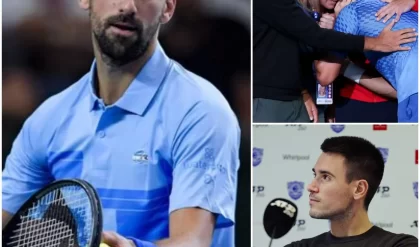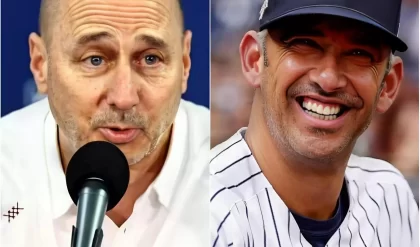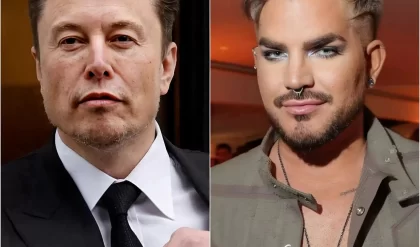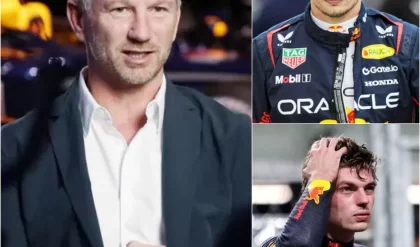NASCAR Faces Backlash After Darlington Drama Sparks Cheating Scandal Debate
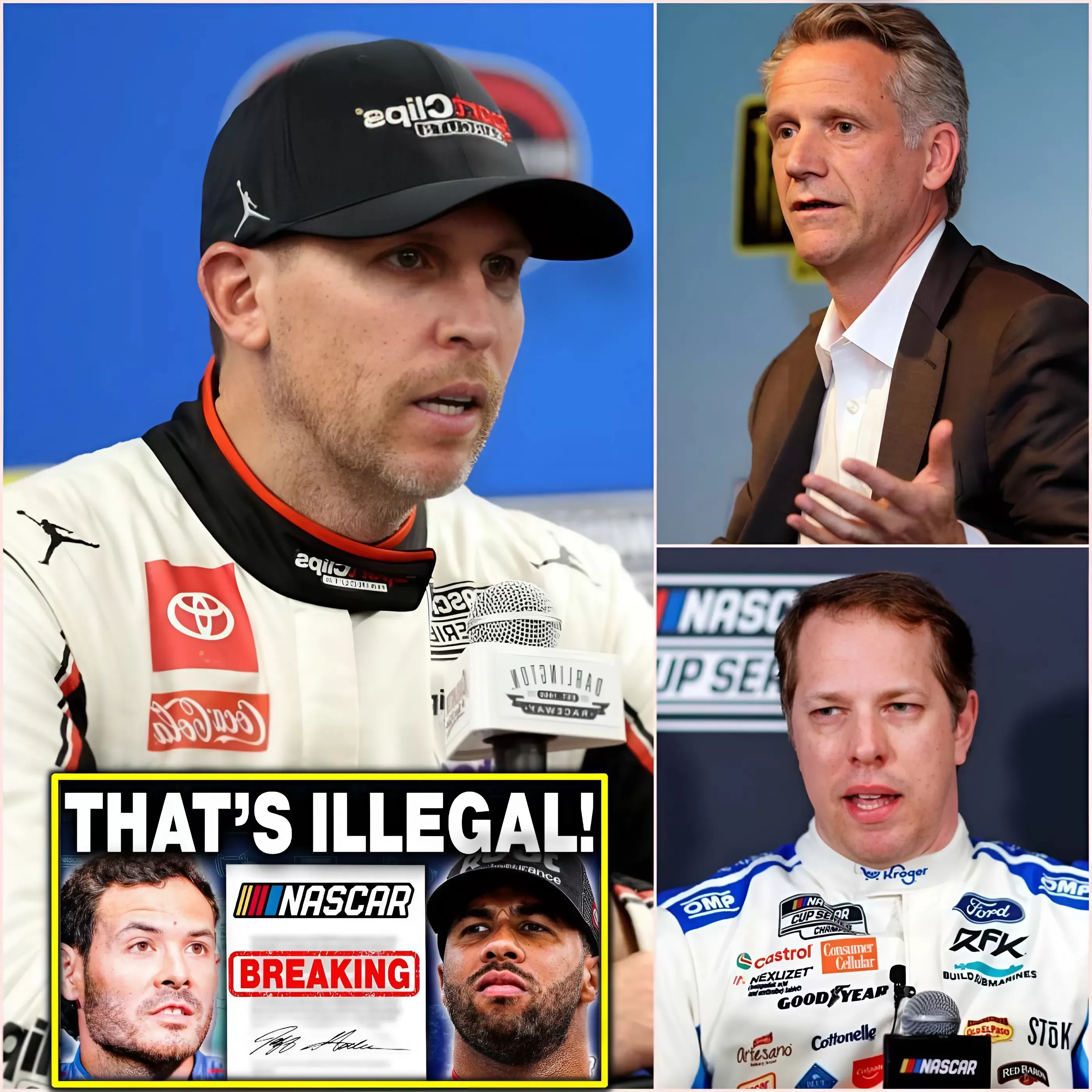
The Goodyear 400 at Darlington Raceway was meant to be another thrilling chapter in NASCAR’s 2025 season, but a single moment in Stage 2 ignited a firestorm that’s still raging days later. What unfolded on Sunday wasn’t just a race—it was a chaotic clash of strategy, frustration, and accusations that’s left drivers, fans, and insiders questioning the sport’s officiating integrity. At the heart of the controversy: NASCAR’s hesitance to throw a caution flag when Brad Keselowski spun out, followed by a delayed yellow triggered by a loose lug nut. The ripple effects flipped the field, handed Denny Hamlin a golden ticket to his 56th career win, and left Erik Jones and Keselowski fuming over what they see as inconsistent standards. As the dust settles, the Darlington debacle has reignited a broader debate: Is NASCAR’s race control too subjective, and has favoritism crept into the sport?

The pivotal moment came midway through Stage 2 when Keselowski, piloting the No. 6 Ford, spun out solo without contact. NASCAR held off on a caution, a call that raised eyebrows given Darlington’s history of quick yellows for spins. Moments later, a loose lug nut from Keselowski’s car rolled onto the track, forcing race control’s hand during a green-flag pit cycle. The timing couldn’t have been worse—or better, depending on your perspective. Hamlin, languishing in the teens, catapulted to the top five, later praising his pit crew for sealing the deal in overtime. “It flipped the field upside down,” Hamlin admitted on the *Actions Detrimental* podcast, surprised NASCAR didn’t act on the spin but forced to concede the debris was unavoidable. “If you run over that, it’s not just damage—it could get kicked up anywhere.”
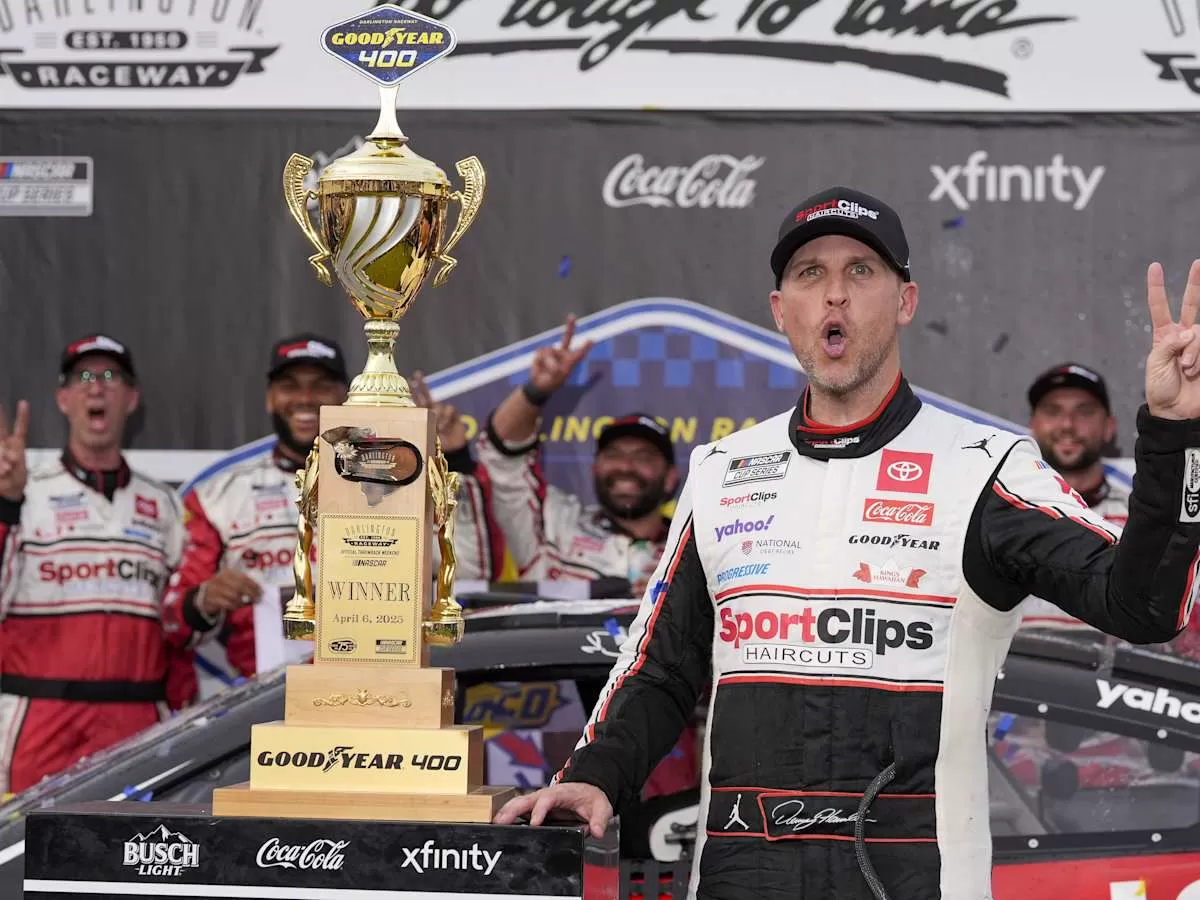
For Erik Jones, the caution was a gut punch. Running third during the pit cycle, he was caught entering pit road just as it closed, plummeting to a 17th-place finish. His radio erupted with raw frustration: “What the hell are we doing, NASCAR? A car wrecked and we don’t throw it!” Meanwhile, Keselowski, whose spin and subsequent wheel issue triggered the mess, finished a dismal 33rd. Crew chief Jeremy Bullins lamented a “great car” undone by an “unfortunate deal on a pit stop.” But Keselowski didn’t stop at bad luck—he took to X on Tuesday, torching NASCAR’s inconsistent caution calls. “It makes me mad as hell when it’s not the same for others,” he wrote, echoing fans who recalled a 2022 race where his blown tire went uncautioned, yet another driver’s similar incident drew an instant yellow.
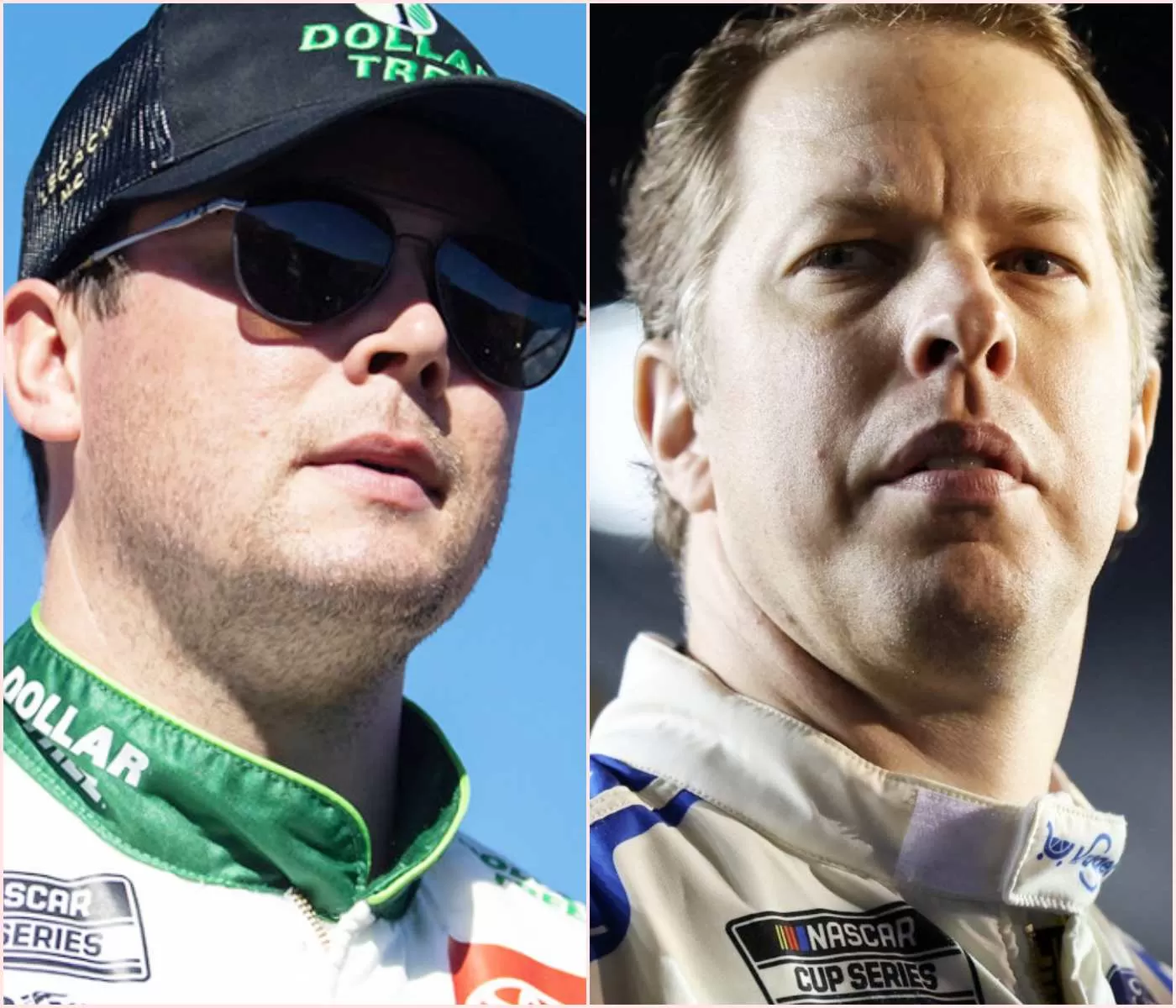
The fanbase is equally fed up. “I’m tired of it,” one wrote on X, citing the 2022 disparity. Another chimed in: “Had it been one of their golden boys, they wouldn’t have wasted time throwing the yellow.” The sentiment is clear: NASCAR’s decisions feel arbitrary, and the lack of transparency is eroding trust. Keselowski’s outspokenness—despite a winless, top-10-less 2025 season—has struck a chord, amplifying calls for clearer officiating protocols. Hamlin’s victory, his second straight, might’ve been a feel-good story, but it’s been overshadowed by the scandal’s fallout. His late-race surge showcased skill and strategy, yet the win owes a debt to NASCAR’s reluctance to act sooner.
This isn’t a one-race issue—it’s a season-long storm brewing. With parity across the grid and razor-thin margins deciding outcomes, NASCAR can’t afford perceptions of bias or unpredictability. The Darlington chaos underscores a glaring need: standardized caution criteria to erase gray areas. Drivers like Keselowski and Jones aren’t just venting—they’re spotlighting a pattern that threatens the sport’s credibility. As the season rolls toward Bristol, NASCAR must confront these questions head-on, or risk letting officiating controversies outshine the on-track battles fans crave. The line between fair play and favoritism has never felt blurrier—will the sport tighten the reins, or let the chaos spiral further?
